Ever since we launched our permanent jewelry last year in 14k solid gold chains, many customers have been curious about what exactly is solid gold, gold vermeil, gold filled and gold plated jewelry. If you’ve ever wondered what’s the difference between all of these and what kind of care is needed, whether it’s suitable for your skin and lifestyle, read on to get the most basic understanding of what these terms mean.
What is Solid Gold?
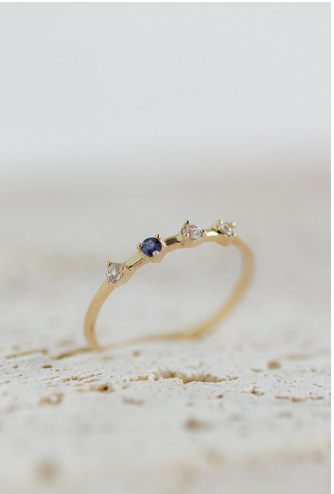
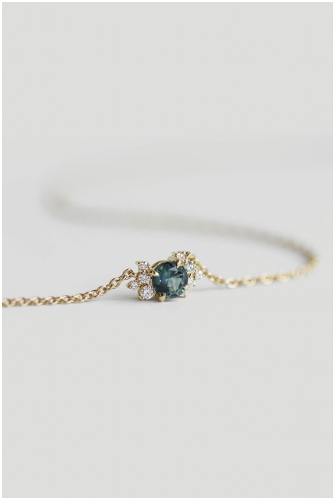
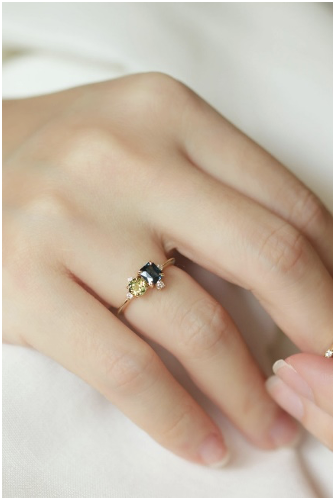
Solid gold means the piece of jewelry is made entirely of gold – inside and out – while gold vermeil, gold filled or gold plated is having a layer of gold plated on a base metal. The colour of solid gold will not fade.
In its purest form (24k), gold is soft and has a strong, dark yellow colour which scratches easily and difficult to work with. Due to this, alloys are added to create a stronger and more durable metal altogether, known as ‘solid gold’.
All karats of gold are technically gold alloys which consist of gold and other metals. For instance, 18k solid gold is 18 parts pure gold and 6 parts alloy and 14k solid gold is 14 parts pure gold and 10 parts alloy.
|
Karat |
Gold (%) |
Alloy (%) |
|
10 |
41.7% |
58.3% |
|
12 |
50% |
50% |
|
14 |
58.3% |
41.7% |
|
18 |
75.0% |
25.0% |
|
22 |
91.6% |
8.4% |
|
24 |
99.9% or higher |
0.1% or lower |
Our use of solid gold for permanent jewelry (14k) and fine jewelry (14k and 18k) ensure that these pieces can maintain its shine for a significantly long time, will not tarnish or fade over time, even with washing and everyday wear, as compared to other types of alloyed gold jewelry like 10k or 12k and those without gold at all, because it contains a higher percentage of pure gold.
So next time you're buying piece of jewelry that is made of solid gold, be sure you know what karat of gold you're paying for 😉
Shop 14k fine jewelry here and 18k fine jewelry from A Fine Line here.
What is Gold Vermeil?
Gold vermeil is plating gold on sterling silver as the base metal, It is created by electroplating the silver with gold, a chemical process that binds both metals together.
In the US, in order for an item to be considered standard vermeil, the gold plating has to be at least 10k and 2.5 microns thick. However, in Canada a product can also be described as ‘gold vermeil’ if the gold plating is at least 10k and minimally 1.0 micron thick.
What is Gold Filled?
Gold filled is plating gold on a base metal that is usually brass, copper or a low-end metal but having at least 5% of its weight come from gold. This means gold-filled usually has a much thicker layer of gold over the base metal. And that gold layer also needs to be minimally 10k.
What is Gold Plated?

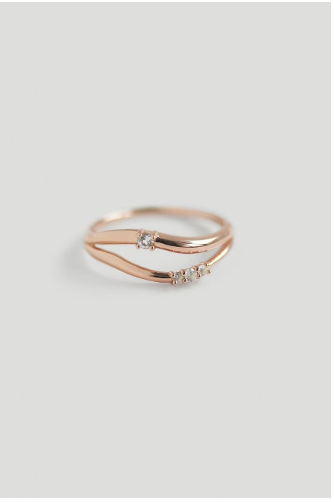
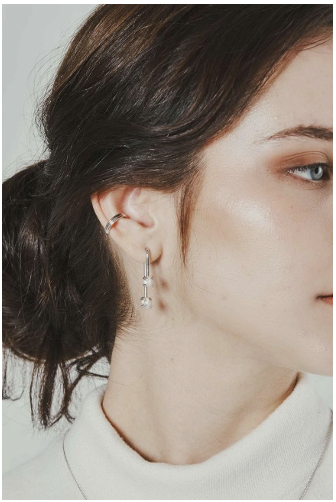
Gold plated is simply plating gold on a base metal that is usually copper or brass. There’s no minimum requirement on the gold’s karat and weight. When a jewelry is gold plated, its gold content is usually less than 1%. But with that said, a gold plated piece may potentially be more valuable than a vermeil piece if it has a high gold karat weight (20 or 22k) and a thick layer of gold.
Now you must be wondering, are our demi-fine jewelry gold plated? Is it going to tarnish or fade?
The Curious Creatures demi-fine collection features 18k Gold, Rose Gold or Rhodium plated on 925 silver with a thickness of 1 micron, finished with an additional coating for longer lasting wear. Our jewelry is hypoallergenic and are free of lead, nickel and cadmium.
All silver pieces tarnish over time when exposed to the air, especially in Singapore's climate where it's humid. How fast this happens depend on how you take care of your jewelry. We always recommend to remove it before shower, clean and dry it before storing it in air-tight ziplock bags. When you find that your jewelry is not as shiny as before, use the polishing cloth we provide and give it a rub. Never dip your plated jewelry into cleaning chemicals as that would rip the plating off.
Ultimately whether you choose solid gold, gold plated, vermeil, or filled will depend on your personal preferences and lifestyle.
In summary…
|
|
Solid Gold |
Gold Vermeil |
Gold Filled |
Gold Plated |
|
Cost |
High |
Affordable |
Affordable |
Low |
|
Quality |
Lasts forever |
Better quality |
Better quality |
Good~poor depending on plating technique and amount of gold karat |
|
Base metal |
None |
Sterling Silver |
Sterling Silver, Brass or Copper |
Brass or Copper |
|
Plating criteria |
Not applicable |
At least 10k gold and 2.5 microns thick |
At least 10k gold and at least 5% of total weight is gold |
None, but usually at least 0.5 microns thick |
|
Will it tarnish? |
No |
Unlikely, but the gold may fade over time due to wear and tear. |
Rare, but may tarnish after prolonged exposure to sulphide |
Yes, eventually, depending on plating thickness. The plating will fade when washed, rinsed, or rubbed too hard over time. |
|
Skin suitability |
Good for all skin types, unless there’s specific allergies to gold
While yellow gold (22k and below) may or may not contain nickel in its alloy to increase durability, white gold often contains small amounts of nickel, making it non-hypoallergenic. |
Suitable for all skin types, hypoallergenic |
Suitable for all skin types, hypoallergenic |
Depending on the base metal, may irritate sensitive skin |
Shop our demi-fine collection here.
